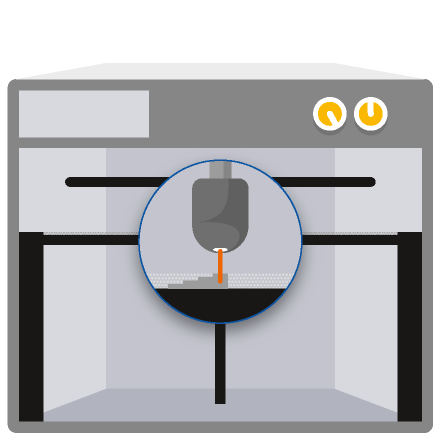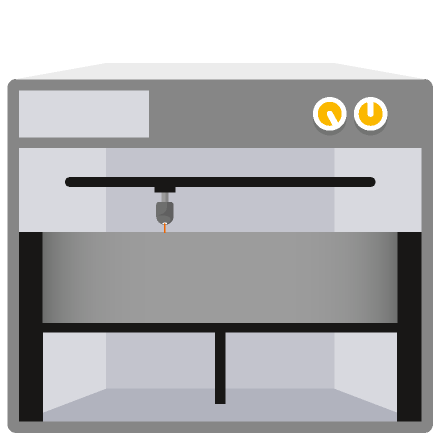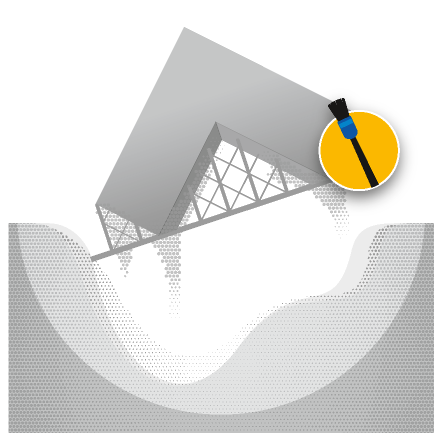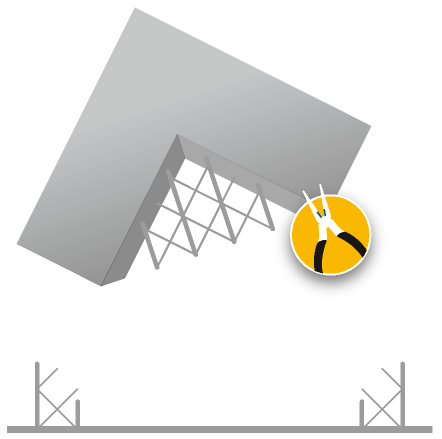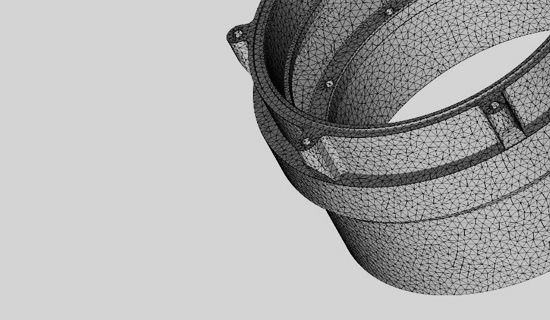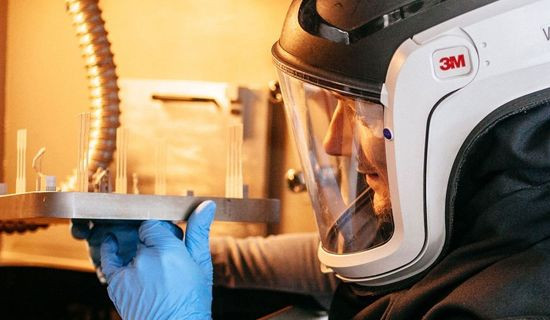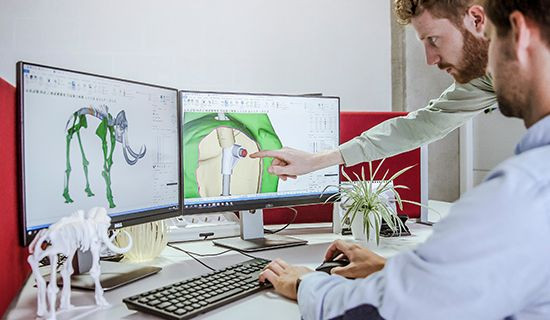Inconel 718 exhibits an exceptional thermal resistance, up to 700°C, and high resistance to oxidation and corrosion. It also offers excellent strength, with high yield, tensile and creep-rupture properties. 3D-printed Inconel retains strength over a wide temperature range, making IN718 an attractive choice for extreme environments, whether in high-temperature applications like turbines and engine parts or low-temperature applications like cryogenic environments. Inconel is ideal for the aerospace and automotive industries, with common applications including ductwork, valves and heat exchangers.
Technical Specifications
| Standard lead time | Minimum of 10 working days, depending on part size, number of components and finishing degrees (online & offline orders) |
| Standard accuracy | In accordance with DCTG 8 of DIN EN ISO 8062-3: 2008-09 for dimensions between 30 and 400 mm, DTTG 6 for dimensions below 30 mm and DIN ISO 2768 -1 g (rough) for dimensions between 3 mm and 400mm. (for more details and IT grades have a look at the design guidelines.) |
| Layer thickness | 0.03 – 0.1 mm |
| Minimum wall thickness | 1 mm |
| Minimum detail | 0.5 mm |
| Maximum part dimensions | 250 x 250 x 280 mm (offline orders) 220 x 220 x 250 mm (online orders) |
| Interlocking or enclosed parts? | No |
| Surface structure | Unfinished parts typically have a rough surface but various finishing degrees can achieve smooth surfaces |
Datasheet
| MEASUREMENT | STANDARD GRADE | ASTM/PROCEDURE |
|---|---|---|
| Density | >8.07 g/cm³ | WGE-Prod-067EN |
| Relative Density | >99% | WGE-Prod-067EN |
| Tensile Strength | >940 MPa | DIN EN2002-1 |
| Yield Strength | >750 MPa | DIN EN2002-1 |
| E-Modulus | 220 GPa | DIN EN2002-1 |
| Elongation at Break | >8% | DIN EN2002-1 |
| Roughness Ra | <15 µm | ISO 4287 / AITM 1-00070 |
| Roughness Rz | <60 µm | ISO 4287 / AITM 1-00070 |
| Hardness | >300 HV | ISO 6597-1:03-2006 |
Actual values may vary with build condition
Strong tensions, due to part geometry, may cause distortion in the part which may lead to greater deviation. Values for surface roughness depending on orientation or surface. Downward-facing surfaces and surfaces with support will be rougher.
Values represent stress relief heat treated status. No aging.
How Does Metal 3D Printing Work?
Metal 3D Printing is a laser-based technology that uses powdered metals. Similar to Laser Sintering, a high-powered laser selectively binds together particles on the powder bed while the machine distributes even layers of metallic powder. Support structures are automatically generated and built simultaneously in the same material, and are later manually removed. Once complete, the part undergoes heat treatment.


